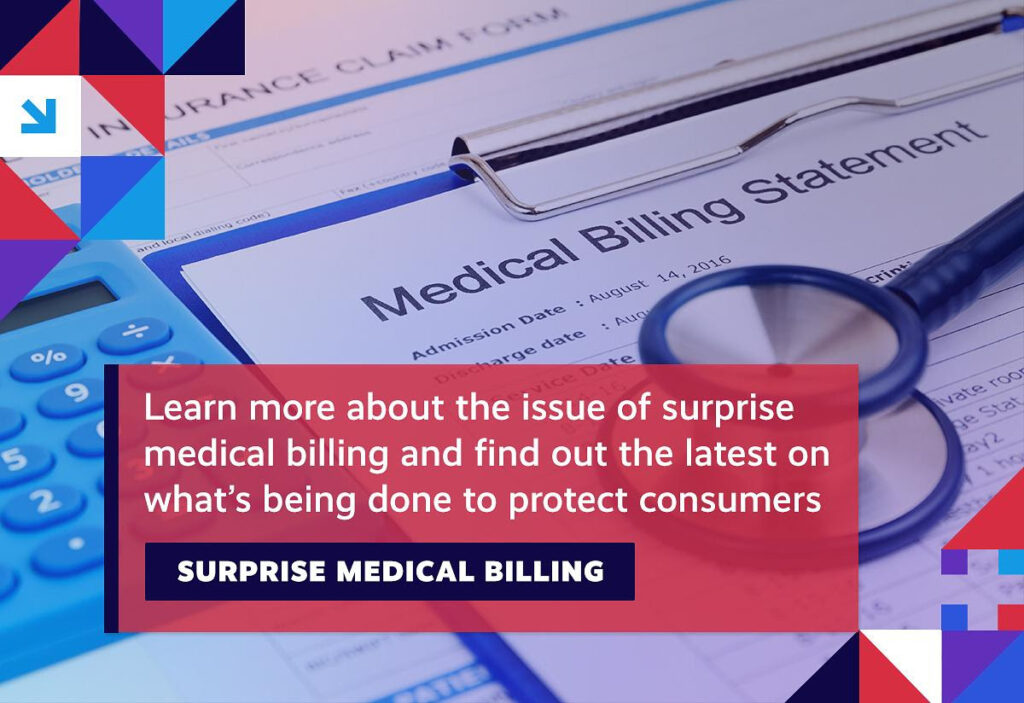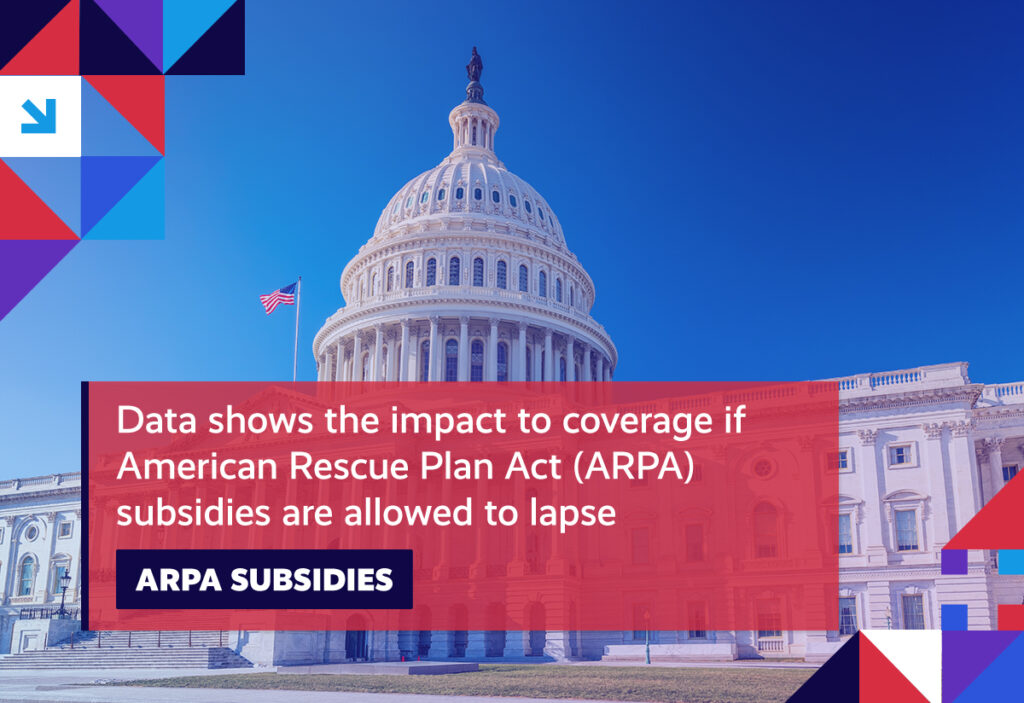Healthcare access for Maine consumers is threatened by the state’s largest hospital system; the Administration appeals a surprise medical billing court ruling; private equity continues to exert pressure on our healthcare delivery model; and, a look at how access to Medicaid impacts health equity.
We encourage you to stay involved as implementation efforts surrounding healthcare reform progress. Visit the Health Action Network and be sure to let us know what’s on your mind.
Item of the Week

Week in Review
Maine Access: As covered last week, the major hospital system in Maine has threatened to pull one of its biggest hospitals out of the state’s largest health insurance network in response to negotiations that have exposed the system for having repeatedly engaged in questionable billing practices, such as charging patients $136 per bag of saline that only cost one of their facilities, Maine Medical Center, $2. Those negotiations have only come about as a result of that insurer, Anthem BlueCross BlueShield of Maine, having uncovered years of overbilling and inappropriate charges (like the saline example) by MaineHealth that have resulted in driving up the already-high healthcare costs for Maine consumers, families, and employers by tens of millions of dollars. Having failed to negotiate in good faith, MaineHealth has sought to wrest control of the narrative. But, by focusing their efforts on finding a solution that protects Mainers’ access, while simultaneously addressing their increased healthcare cost burden, Anthem is working to advance a fact-driven narrative that more accurately reflects what brought things to this point.
DOJ Appeal: Late last month, the Department of Health & Human Services (HHS) announced in a legal filing its decision to appeal a court ruling that vacated important consumer protections in the new surprise medical billing law that went into effect at the start of this year. At issue, the manner in which disputed claims were to be settled. Opponents challenged HHS’ intent to fully implement the law using what’s known as the “qualifying payment amount,” which is the median in-network rate for a given medical service in a geographic area. While the outcome is still uncertain, experts have continued to come to the defense of the law, highlighting how full implementation will ultimately protect patients by lowering out-of-network healthcare costs.

Private Equity Influence: According to the results of a new study, nearly three-out-of-four doctors in this country now work for hospitals, health systems, or corporate entities. These latest figures show a continuation of the trend that’s been quietly remaking our healthcare delivery landscape in recent years. In fact, just last year, the number of doctors employed by these interests was at 69 percent. What this speaks to, healthcare stakeholders worry, is the increased and increasing influence of private equity investment in this space, which they point out has only led to worsening care and increased costs.
Medicaid & Health Equity: Given the continuing efforts to integrate social drivers of health into our evolving healthcare model, growing attention is also being paid to how we can better address health equity issues. One place that has shown itself to be particularly well-positioned to help operationalize this focus is the Medicaid program. Specifically, Medicaid managed care organizations (MCOs) have been identified as having an important role to play in helping states address individuals’ health-related social needs by expanding coverage of value-based services. Beyond that, MCOs have also distinguished themselves by being able to deliver high-quality care that advances health equity and addresses systemic inequities through a range of innovative, person-centered services, including: enhanced social needs assessments and customized programs; community-delivered services and partnerships; care coordination and management programs; and, infrastructure investments focused on reducing socioeconomic barriers to health such as food insecurity, housing instability, lack of transportation, and unemployment.
Spotlight

| You can keep up with the latest by following the Health Action Network on Twitter and by liking us on Facebook. And, be sure to check us out on LinkedIn, too. As always, let us know if there’s something you’d like to see covered in a future newsletter. |
